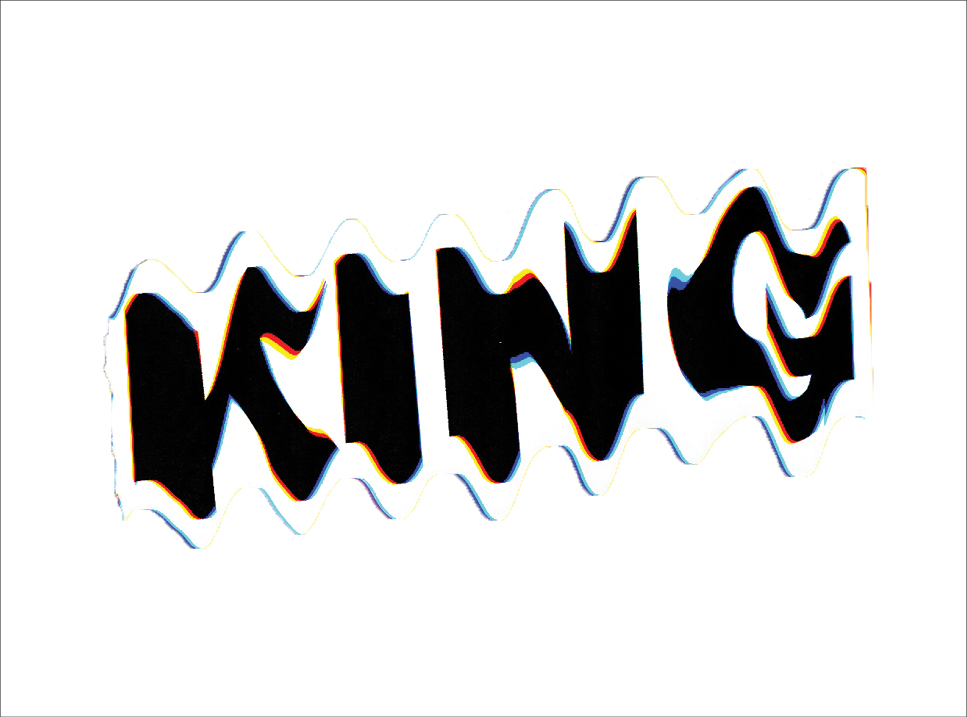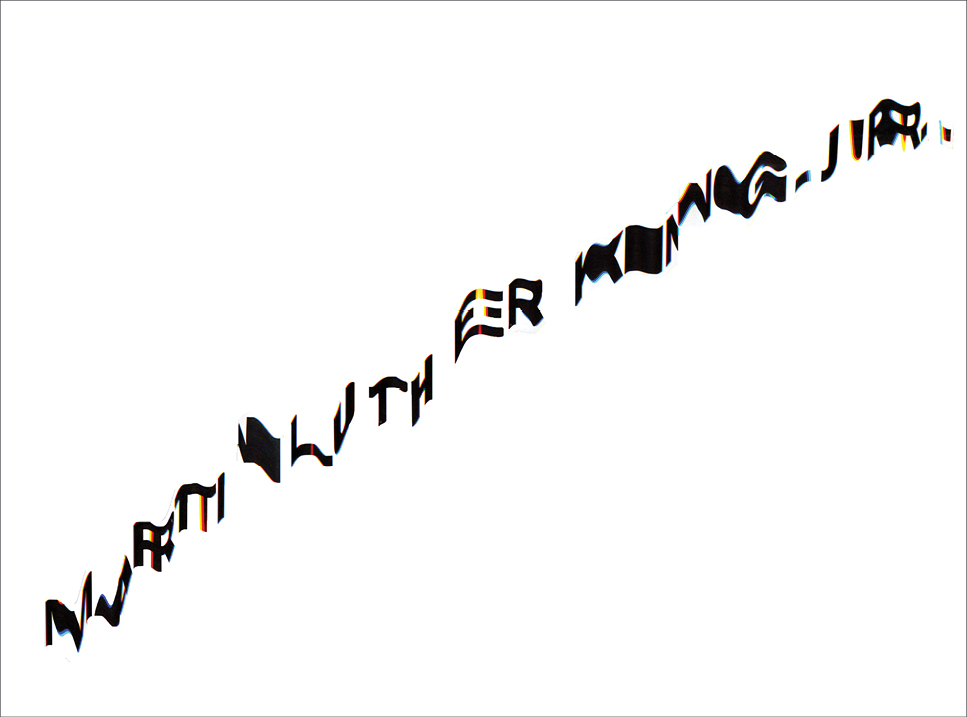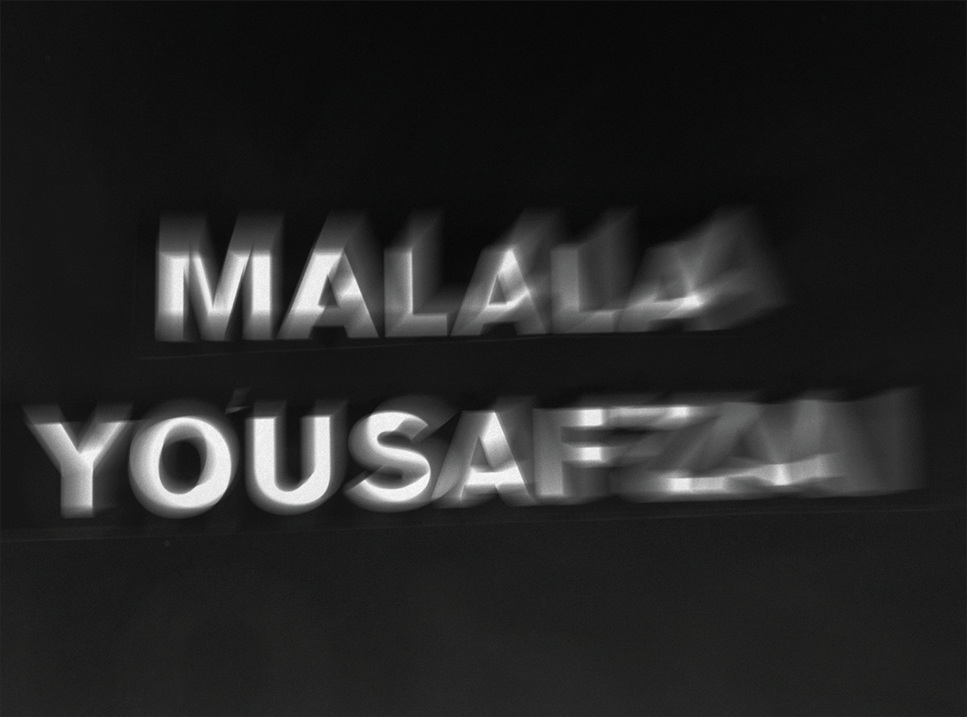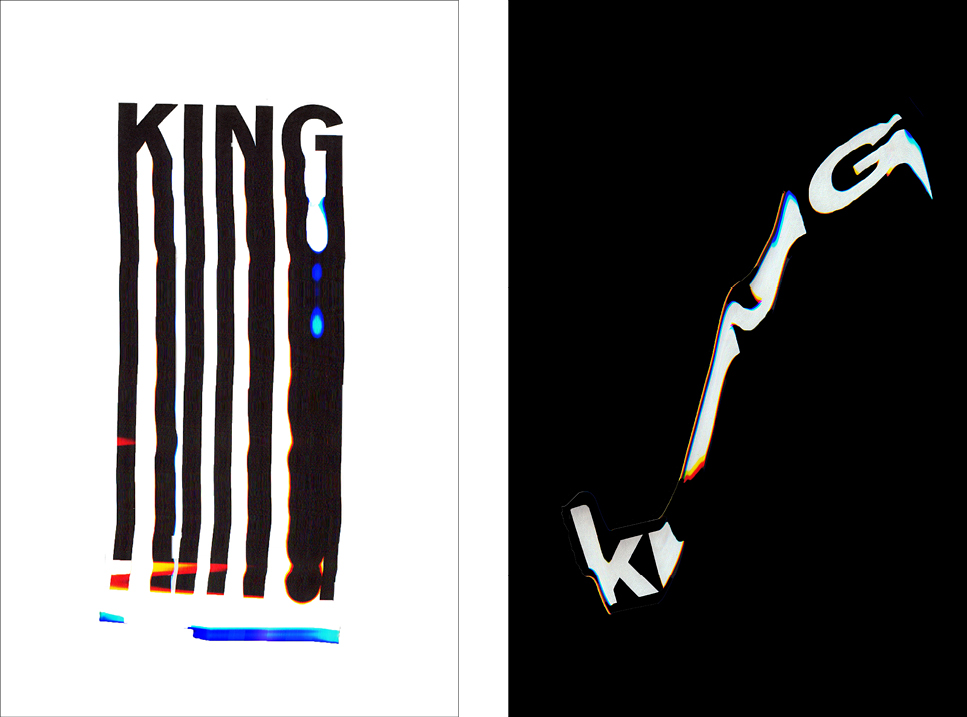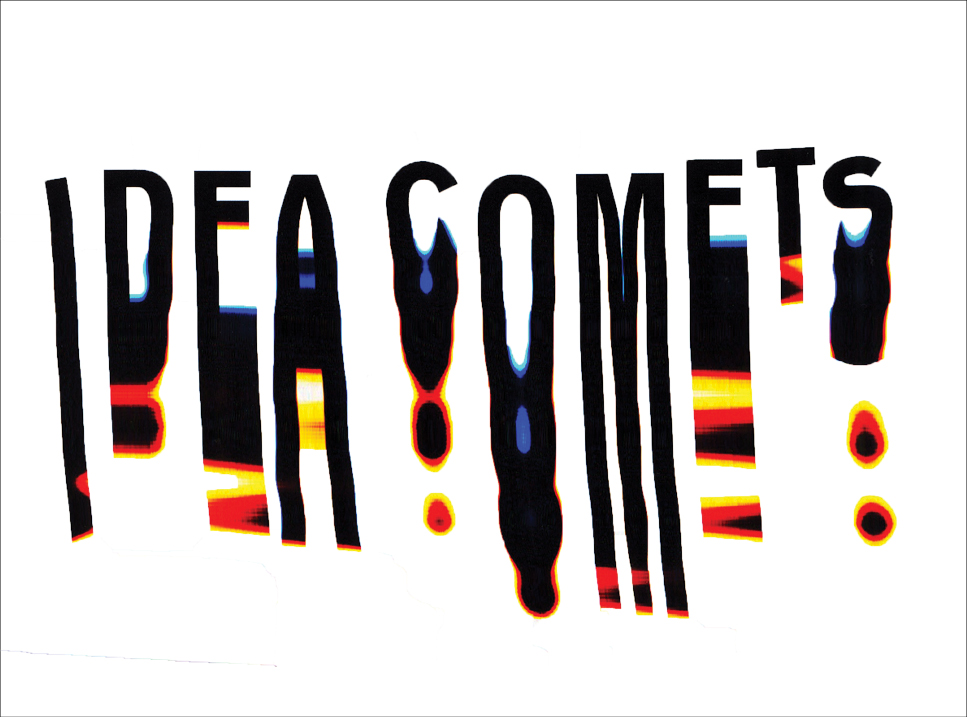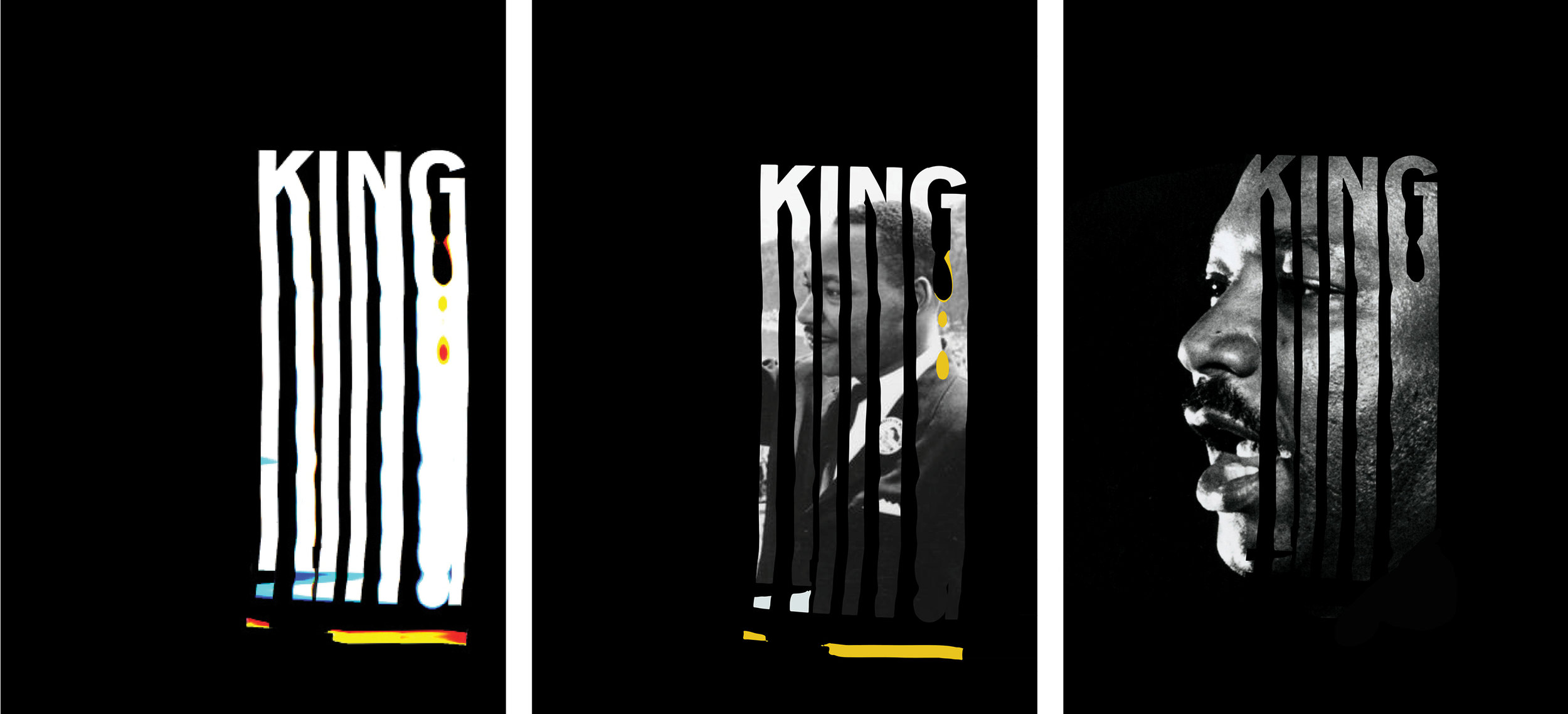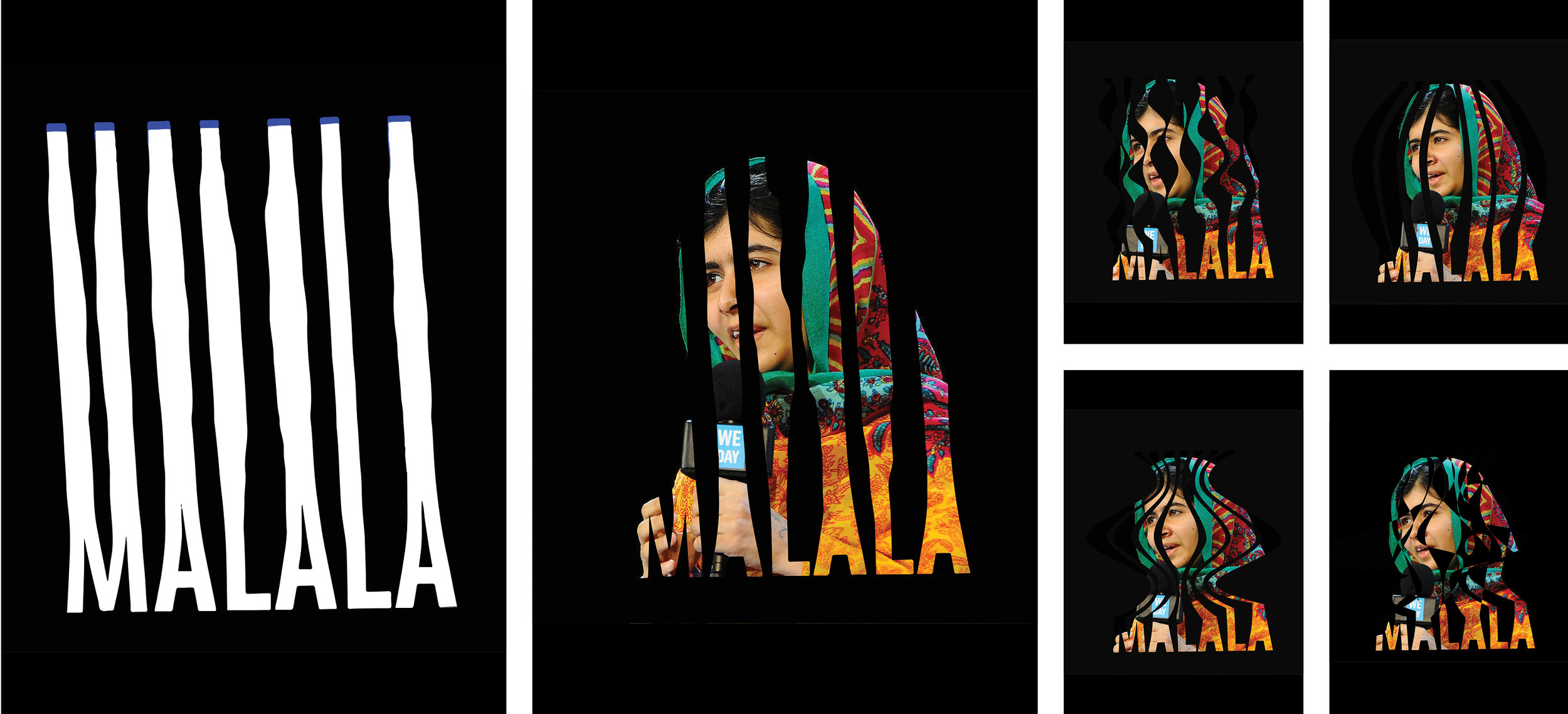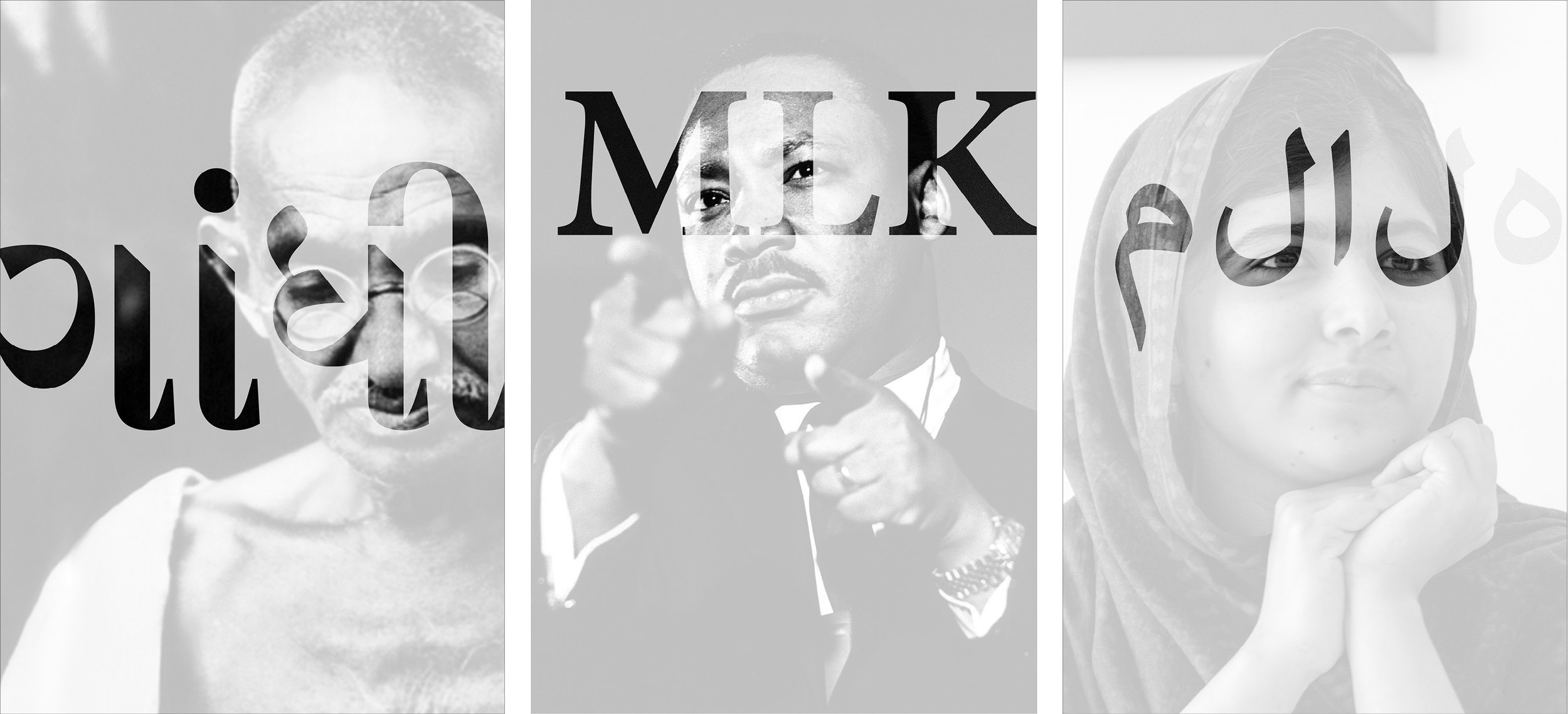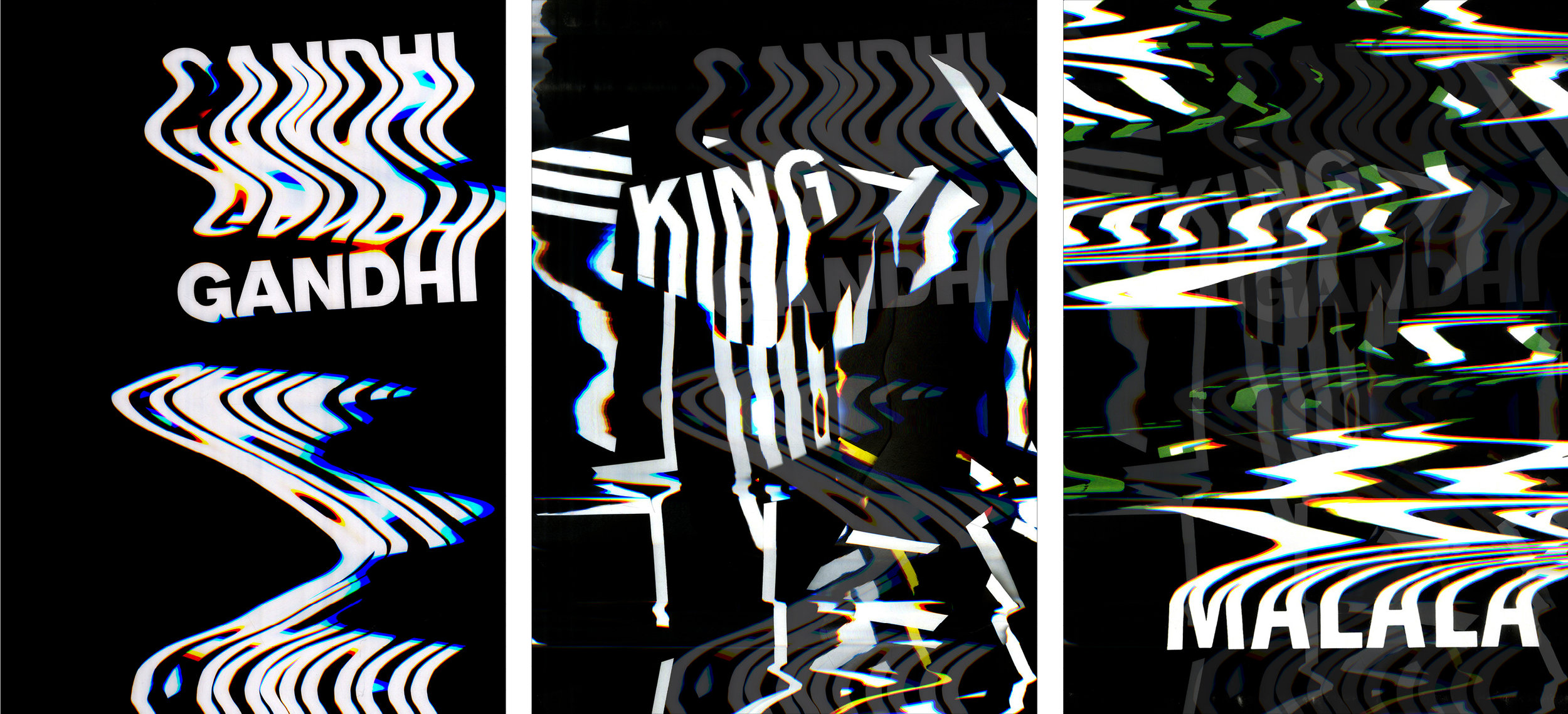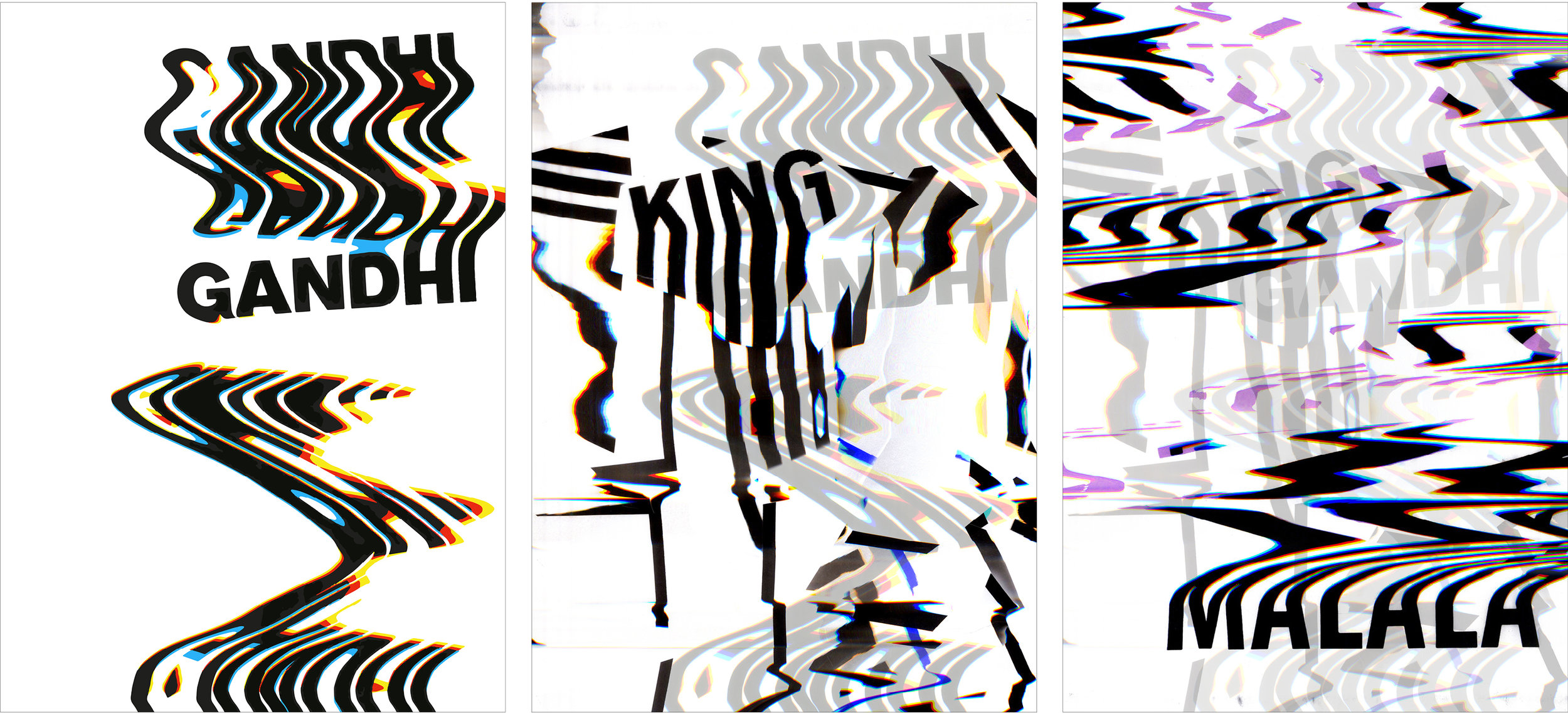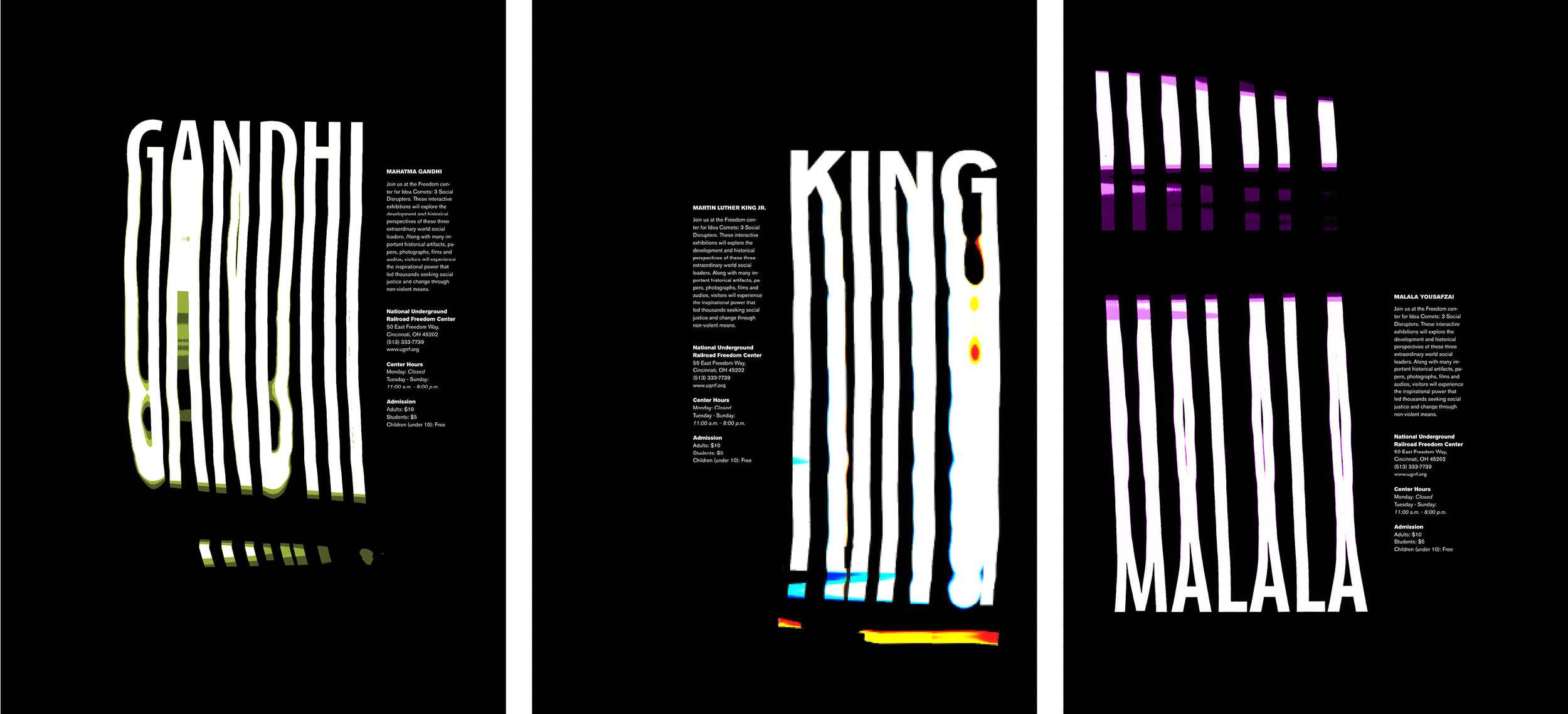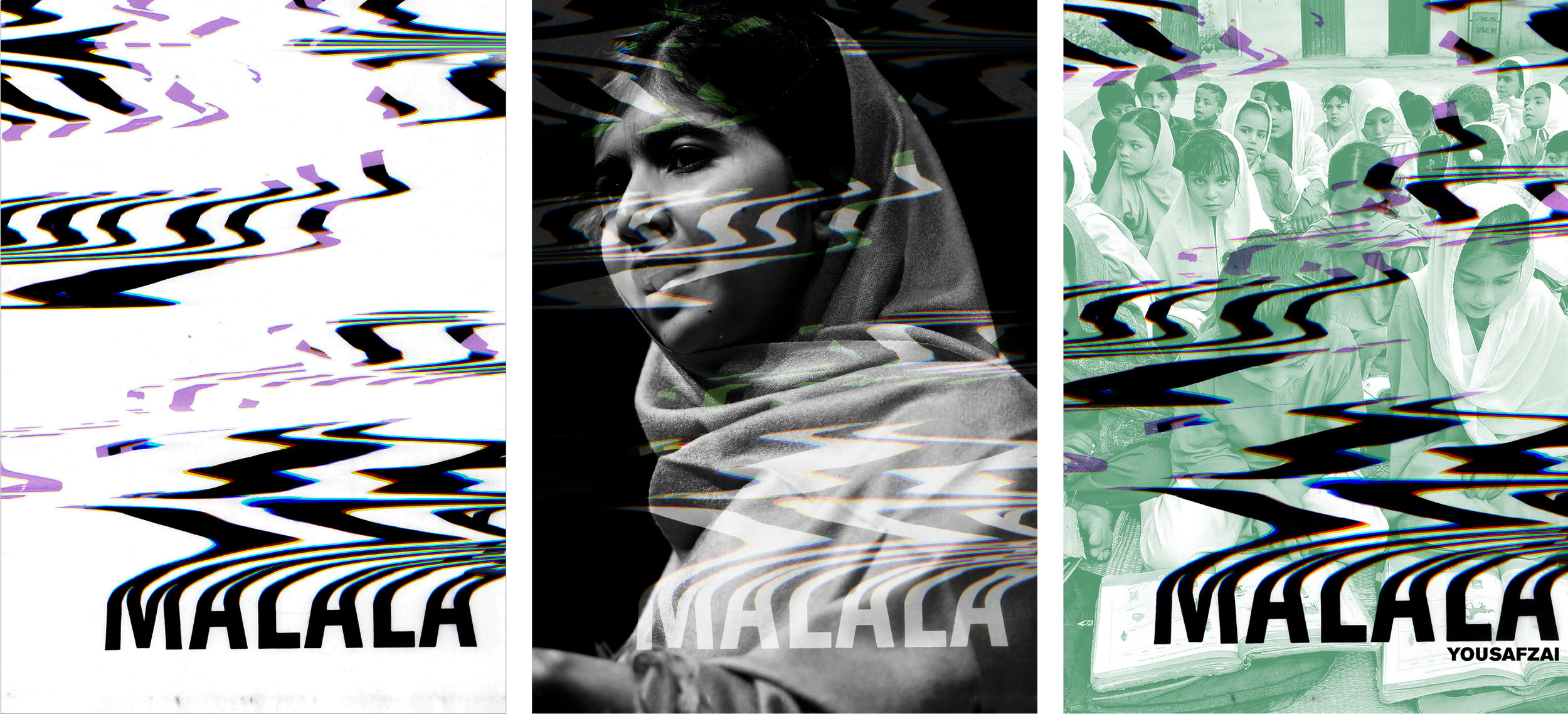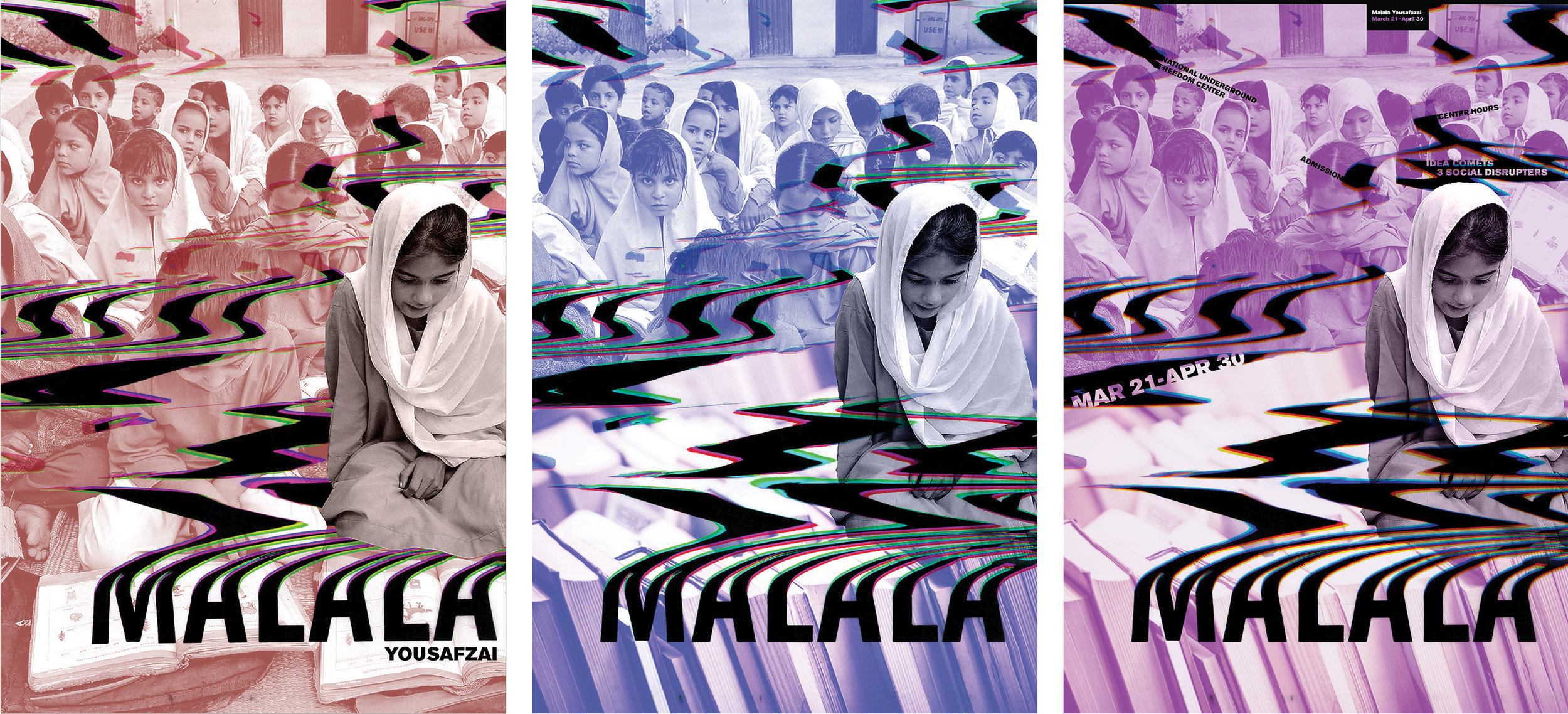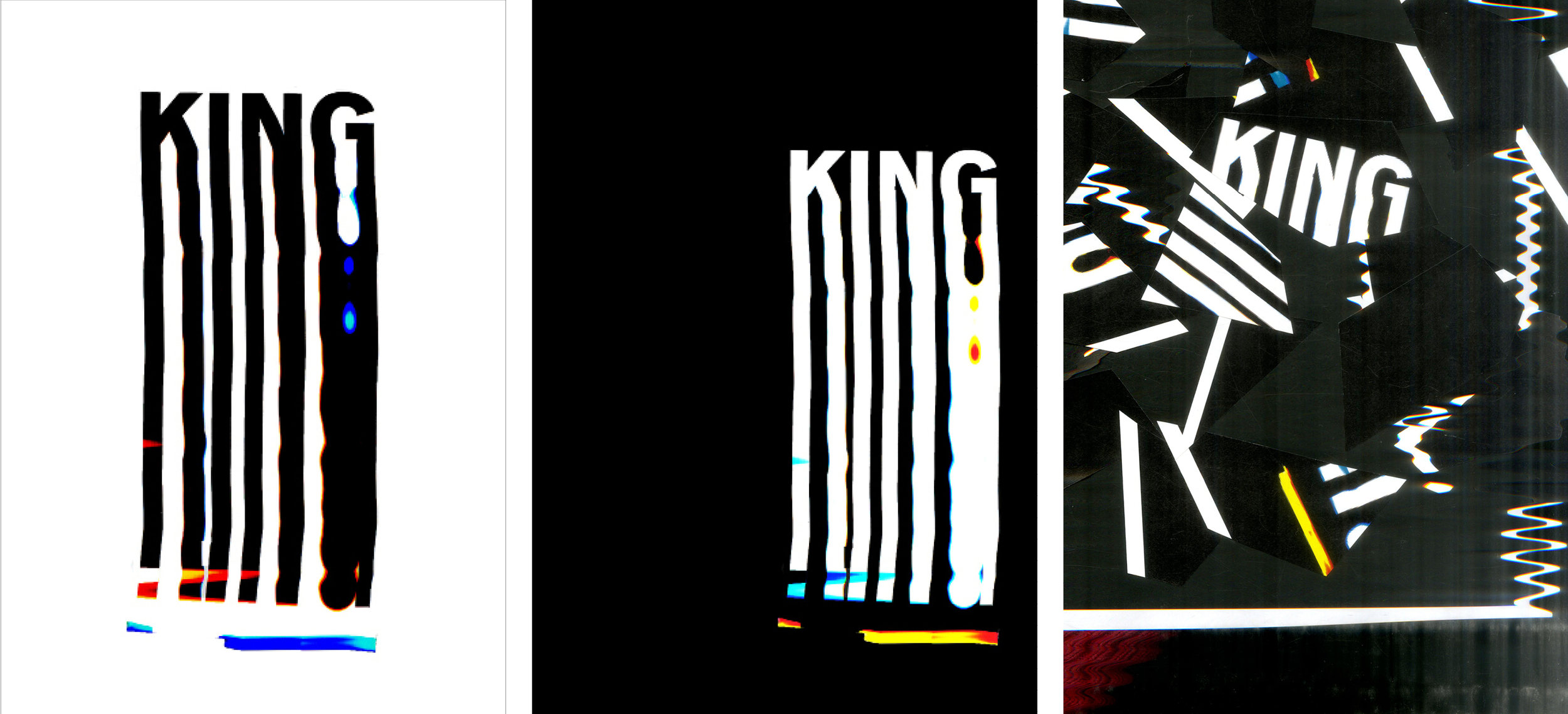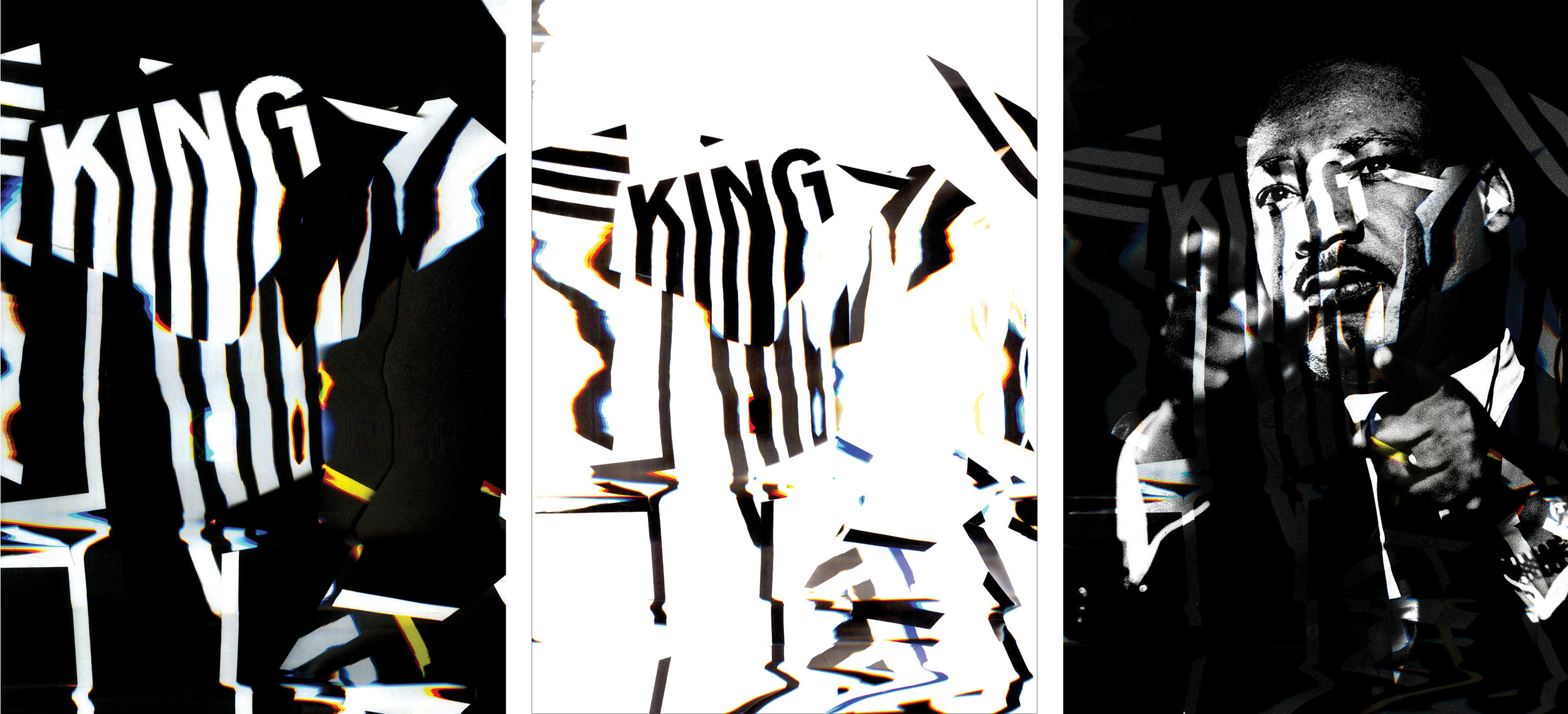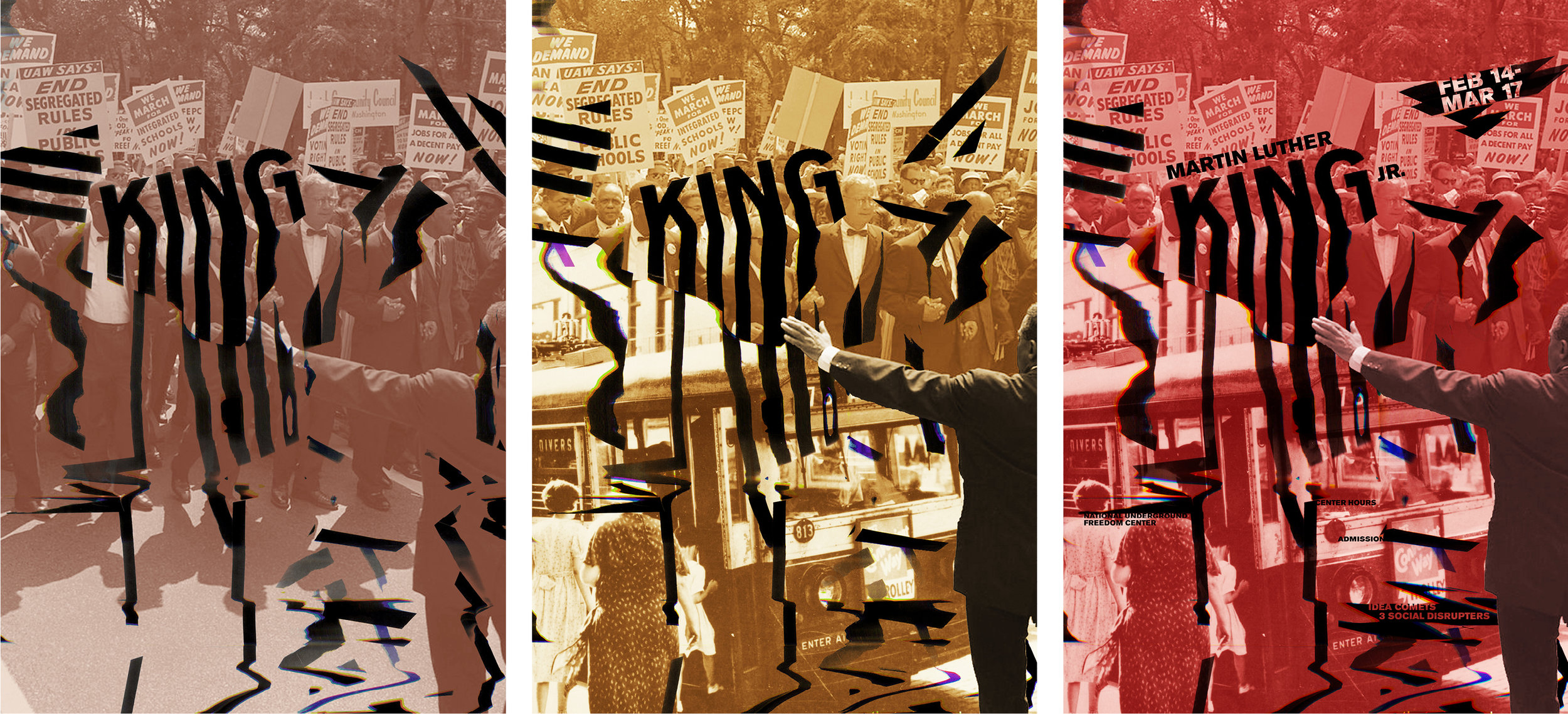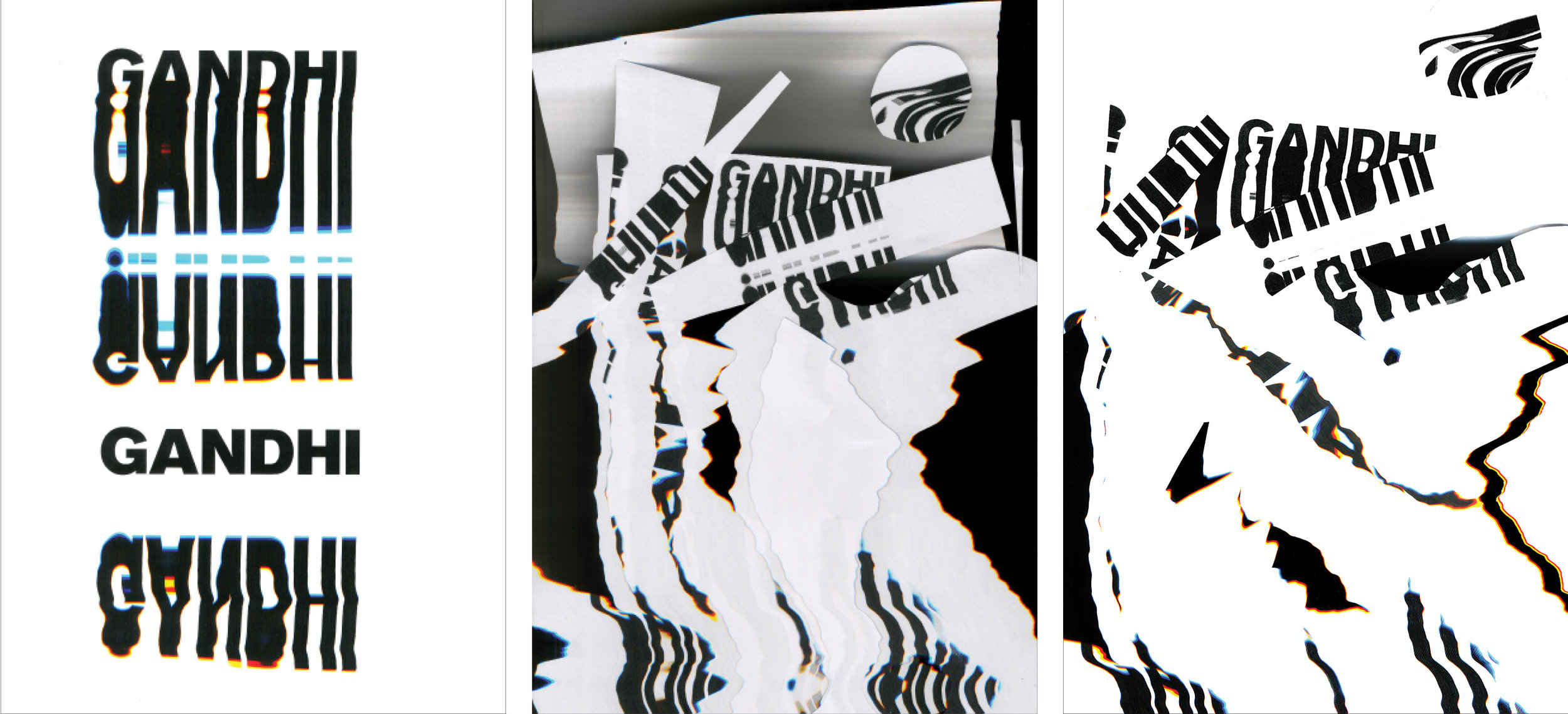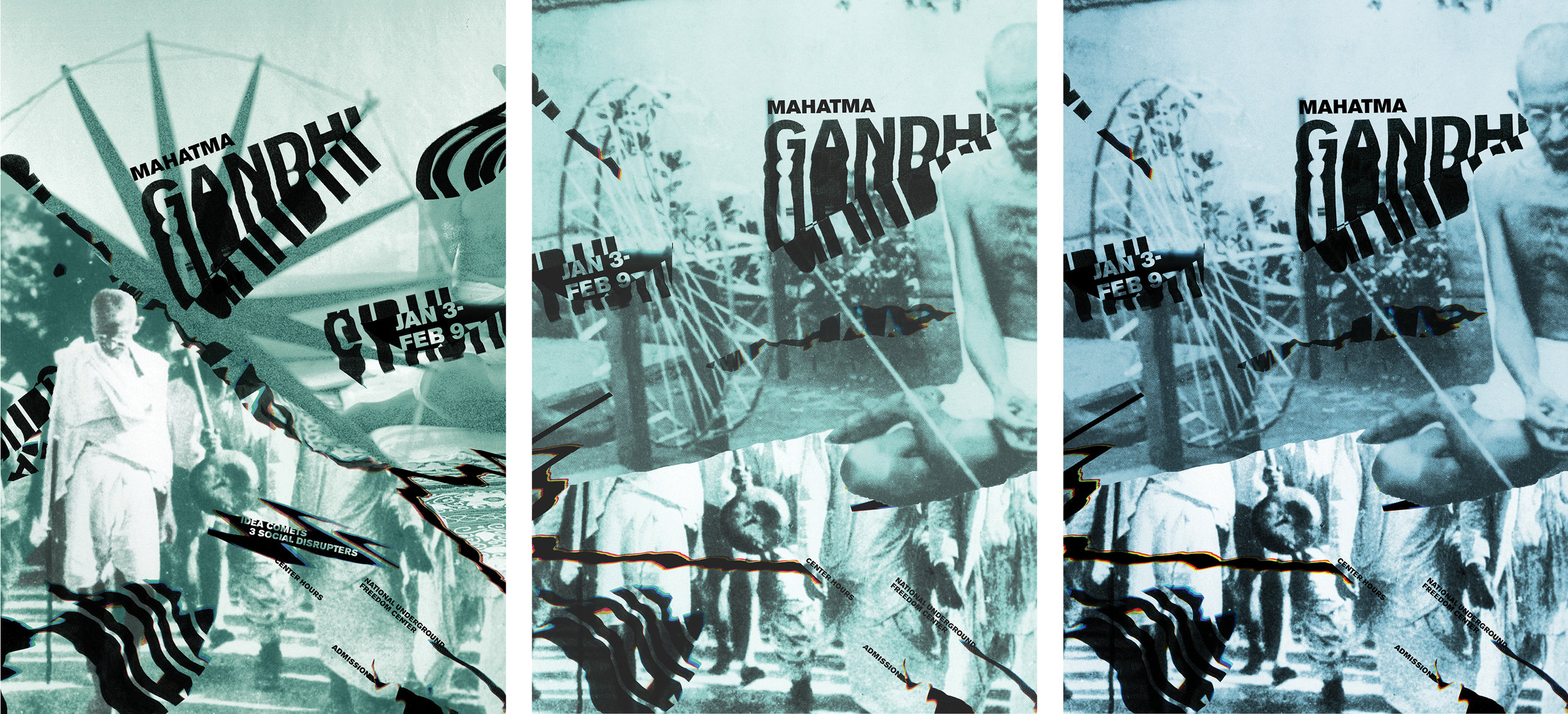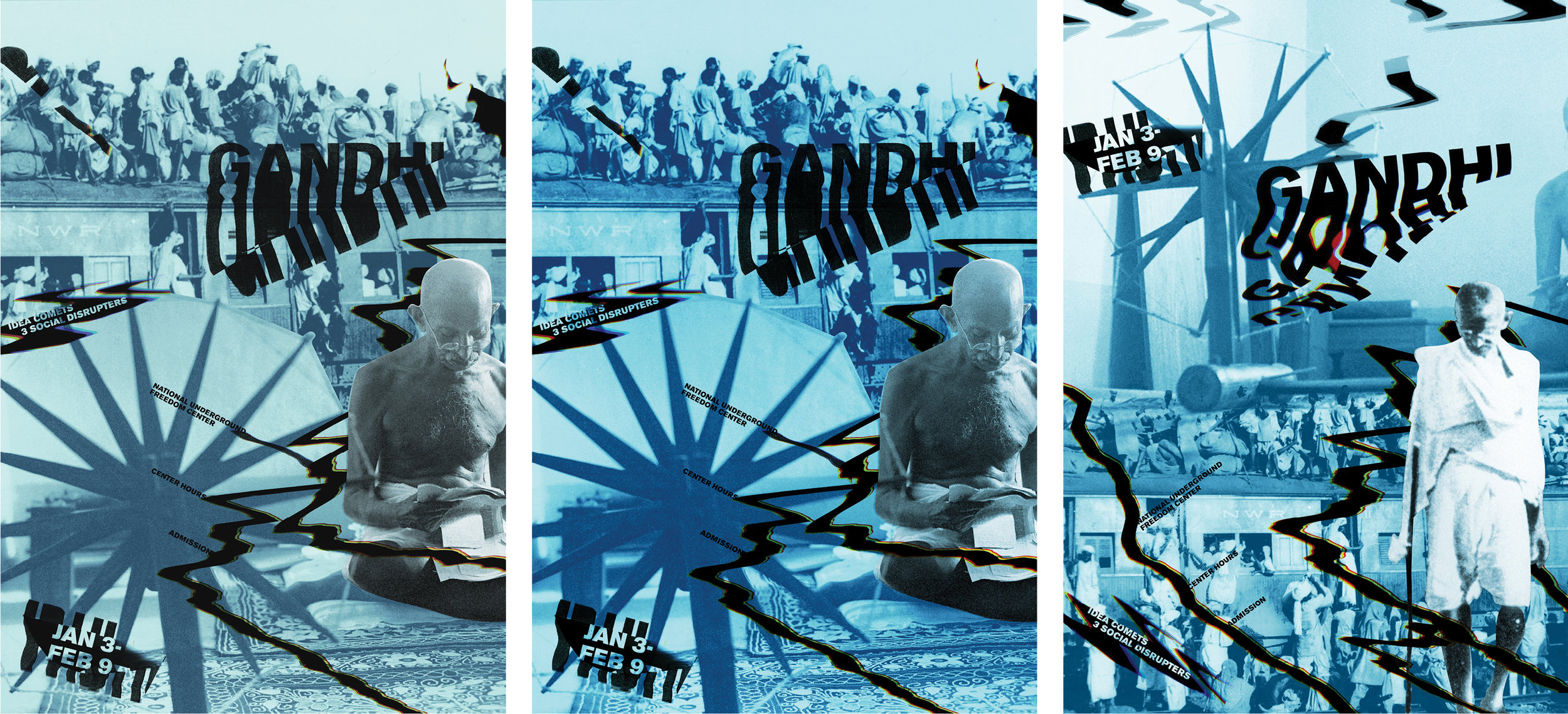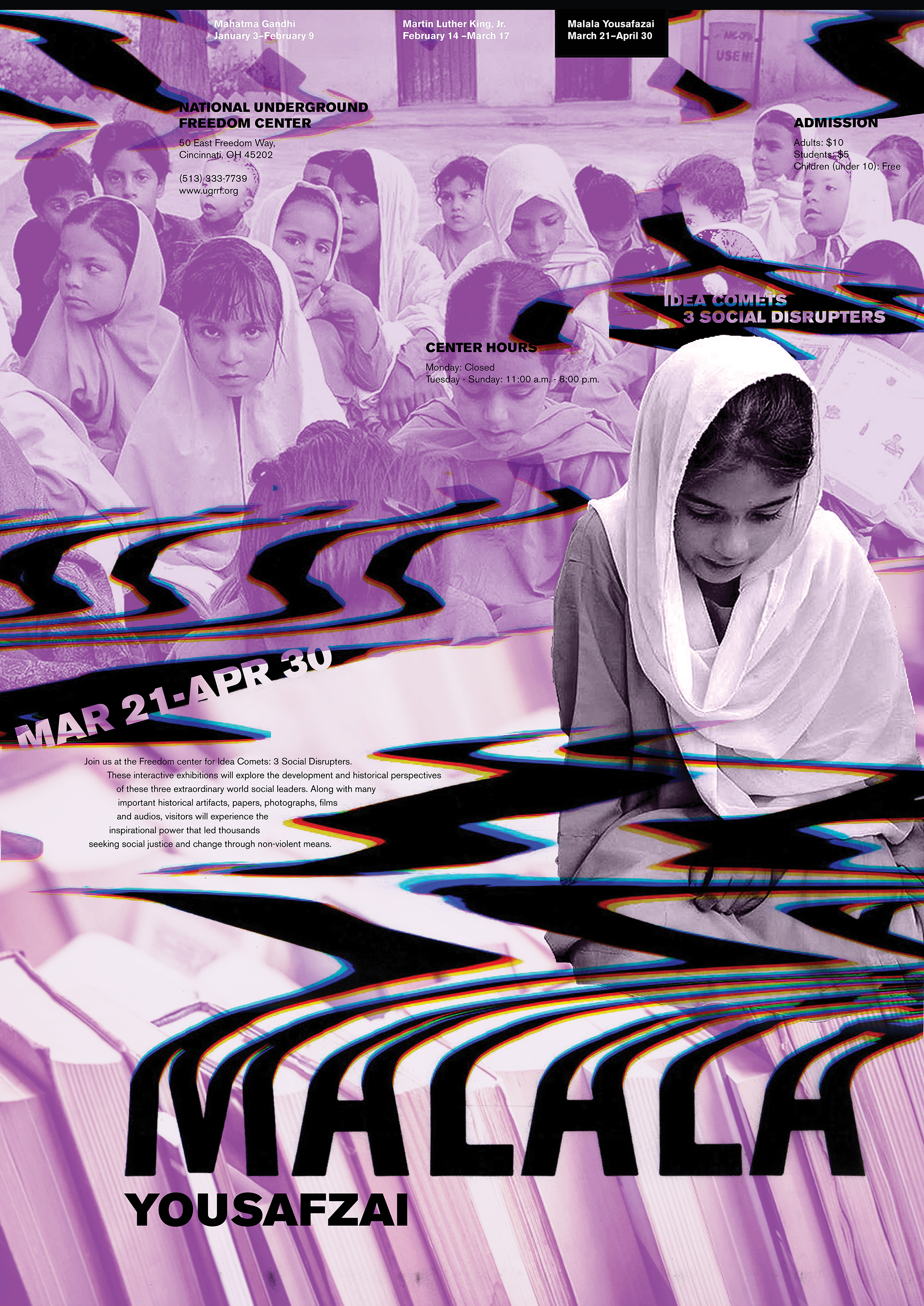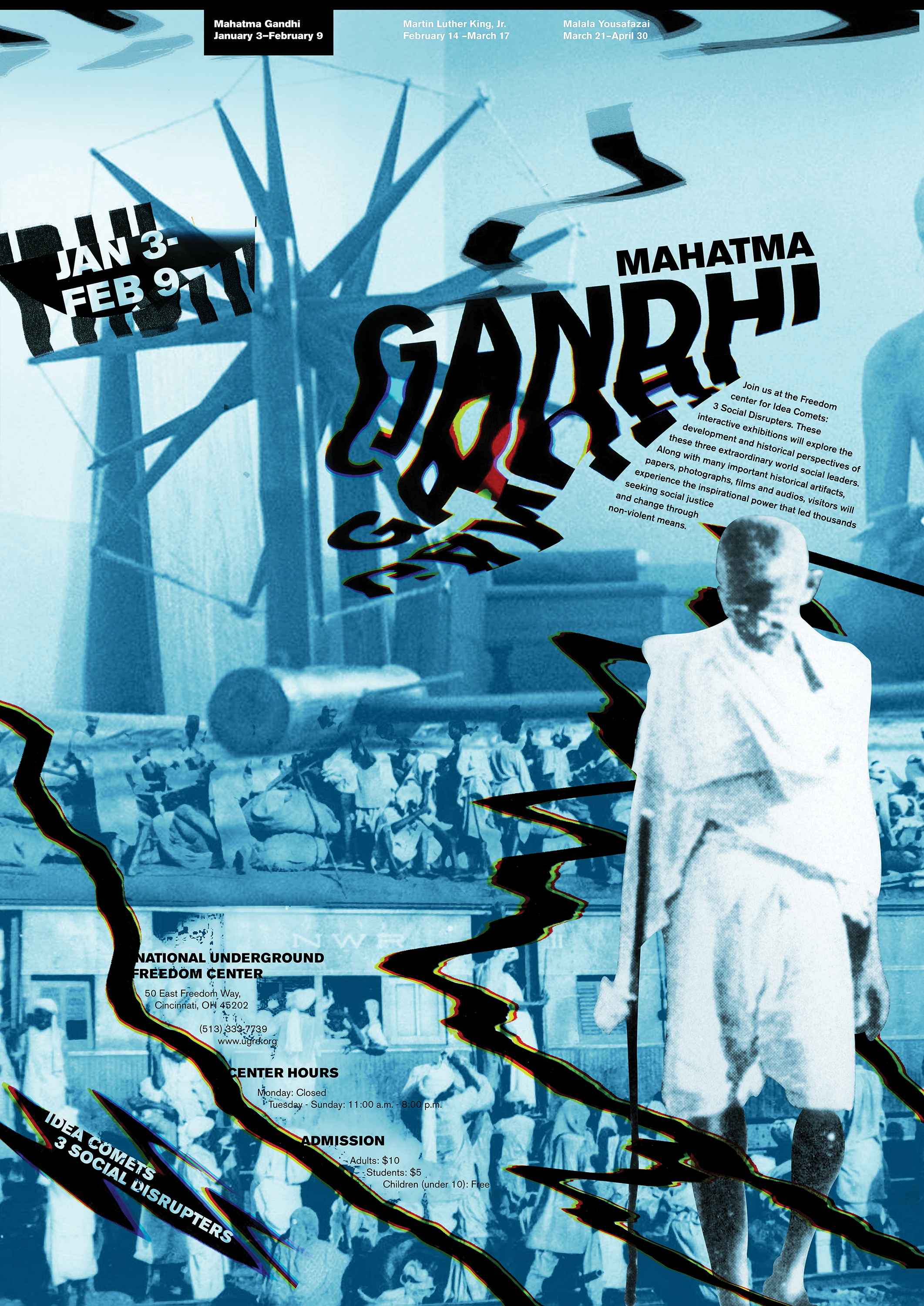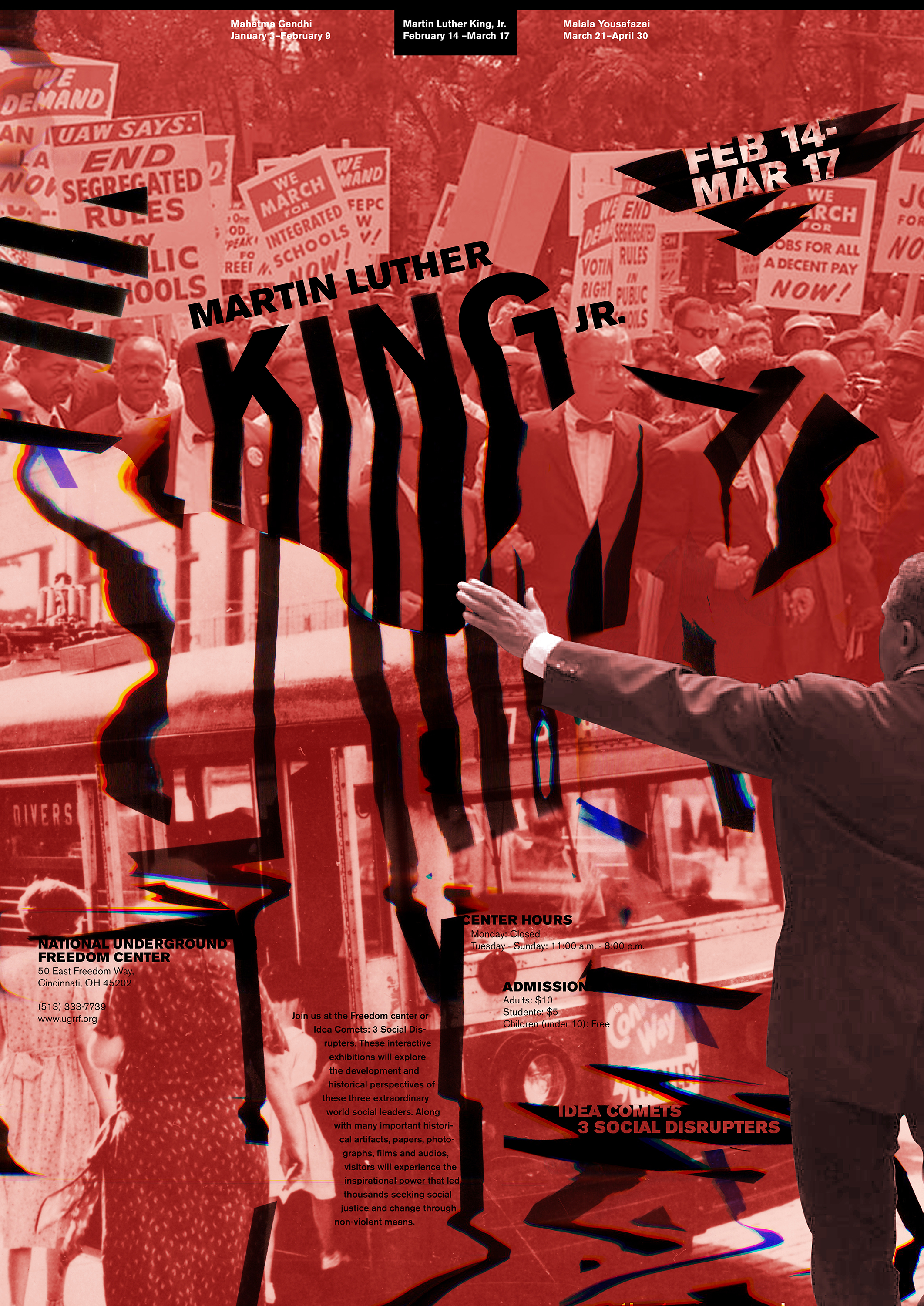Anoosha Baxi
anoosha.baxi@gmail.com
Research
Understand each social pioneer's background to gain a deeper understanding of their achievements and ideologies.
Malala Yousafzai
Malala Yousafzai is a young girl, who has spent her life thus far advocating for female education. She started as an activist in her hometown in Pakistan where the Taliban had banned girls from attending school, but has since grown into an international advocate for what has become a worldwide movement. She, like Mahatma Gandhi and Martin Luther King Jr. before her, uses non-violent methods to spread her message, despite receiving violent backlash and intent to kill from the Taliban.
Yousafzai started her fight for female education by writing a blog for BBC Urdu under a pseudonym discussing her life as a young girl living under Taliban occupation and her support for female education. Her stories soon gained worldwide traction, through various interviews and documentaries about her life.
Since then, Malala has become a symbol and spokesperson for children’s and women’s education around the world. Today, she works closely with the UN to give speeches and collect money to help her advocacy become a reality.
Martin Luther King Jr.
Martin Luther King Jr., who is often referred to as the father of the civil rights movement in the United States, spent his life fighting for racial equality. King was a big proponent of nonviolent civil disobedience, a protest method first used by Mahatma Gandhi.
King is well known for leading the Montgomery Bus Boycott which was sparked after Rosa Parks was arrested for refusing to give up her bus seat to a white person. The boycott lasted over a year, during which time King was not only arrested for leading the protest, but also abused. However, eventually his boycott led to a Supreme Court ruling that dubbed racially segregated buses unconstitutional.
Martin Luther King Jr. also played a key role in passing landmark legislation, such as the Civil Rights Act of 1964 and the Voting Rights Act of 1965. Throughout his life, drawing inspiration from visionaries like Gandhi, King resiliently fought for equality through nonviolent means to make the US a better place for everybody.
Mahatma Gandhi
Mahatma Gandhi spent his life fighting for civil rights and racial segregation through nonviolent civil disobedience in both South Africa, and his homeland of India.
After a 1-year work contract turned into 21 years fighting for racial segregation in South Africa, Gandhi returned to India and continued his nonviolence protest techniques to fight for India’s independence from Great Britain. Gandhi is most well known for the Salt March, which took place when the British introduced the Salt Act. The Salt Act not only imposed a heavy tax on salt, but prohibited Indians from collecting and selling it. Gandhi led a 309 kilometer march to the Arabian Sea where, as an act of civil disobedience, he proceeded to illegally collect salt.
Though Mahatma Gandhi was arrested and shot multiple times throughout his lifetime, he was able to live just long enough to see India gain its Independence from Britain.
Throughout his lifetime, Gandhi fought for equality and independence. In the process, he not only made a difference in India’s fight for Independence, but also contributions and protest technique inspired many who came after him, most notably Martin Luther King Jr. and Malala Yousafzai.
Goals
1. Showcase each visionary's contributions and uniqueness.
2. Maintain cohesion so all three posters feel like set that belong together.
3. Take on a visually provocative approach that focuses on the social disruption rather than purely nonviolence.
Process
Initial Sketches
These are some initial ideation sketches done to explore different concept directions. These sketches helped explore what makes each pioneer unique and what unites all three.
Group Sketching
Below are some collaborative group sketches. We tried to express similar concepts—the things that each person fought for and against well as the mark that each left behind—through the use of symbols, metasymbols, separation, fusion, integration, and many other techniques.
Scanner Play
I played a lot with the scanner—moving putting each person’s name in different ways as it was being scanned. This created a lot of visual interest and fit with the idea of comets, so it later became the central technique of my final concept.
Concept Explorations
Concept 1
This concept utilizes a scanner explorations with Dr. King and Malala's names, and incorporates their photographs. The concept of this set was to further emphasize the fact that Dr. King was an idea comet, having created a movement that took off and is still soaring today. This intertwines the idea that they were idea comets with their history of oppression with the layering of elements.
Concept 2
These three explorations play with the idea that Gandhi was a social disruptor. His protest technique of civil disobedience disrupted the status quo and the norm of what was expected in society during his time.
Concept 3
The above explorations play with the idea that each visionary fought for their people, and that lead to a greater impact on the world.
Concept 4
This set explores the idea that each of the three visionaries built on top of the work of those that came before them. Gandhi set the scene with his technique of civil disobedience, which Dr. King then used and expanded. Malala now builds on top of their work by advocating for what she believes in through nonviolent means.
Concept 5
This set takes the concept that all three social pioneers are idea comets that burst with passion and strength to advocate for justice.
Malala Yousafzai Poster Ideation
After exploring and beginning to develop multiple concepts, the pairings of scanner graphics with images felt the most provocative. That was the approach was pushed further in the development of the Malala poster.
The comet graphic was simplified and then further manipulated to create a visual that conveys the social disruption that Malala invoked.
The graphic was then simplified and paired with an image of girls studying to strengthen the concept further and show Malala’s fight for girls’ education.
Different colors are then explored. The image is also manipulated to invoke a sense of depth by bringing the girl forward within the black graphic. An image of books is also added to help support the idea of education which is not as apparent in the image with the girls.
Martin Luther King Jr. Poster Ideation
The process of exploration used to develop the Malala poster was then applied to the 'King' graphic to develop his poster. The graphic was simplified and strategically placed in relation to the background image.
Different colors are explored. Following the pattern of the Malala poster, depth is invoked by bringing the photo of MLK forward within the black graphic. An image of a bus is added to allude to the bus boycott.
Mahatma Gandhi Poster Process
The Gandhi poster was the most difficult of the three. Because the process of creating the scanner graphics and manipulating the images is so organic, creating a graphic that remains cohesive with Malala and MLK's posters was a challenge.
A picture of a spinning wheel was pared with one of Gandhi leading a march to provide representative imagery from his ideology of nonviolent civil disobedience.
Final Poster Series
Animation
One poster was then selected to animate to communicate the exhibition announcement with the audience who watches this motion piece via social media.








